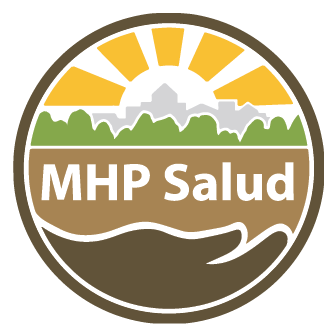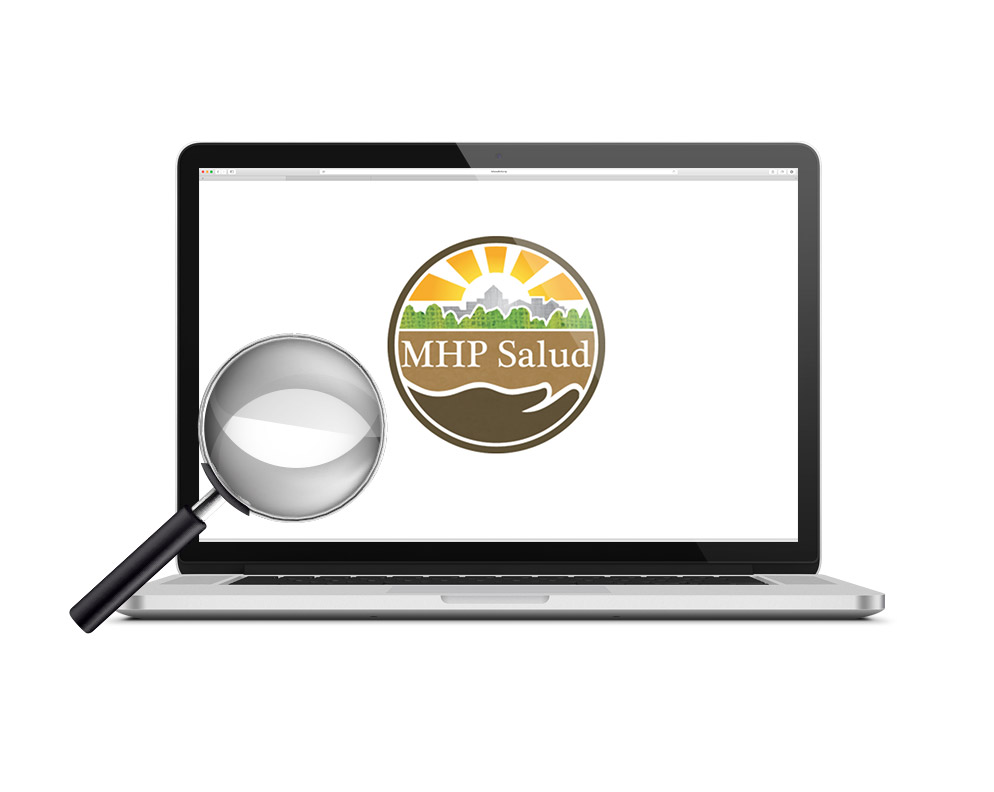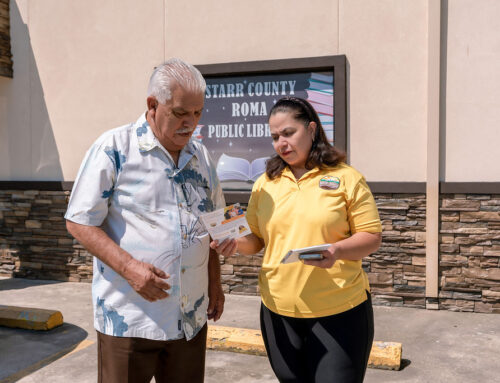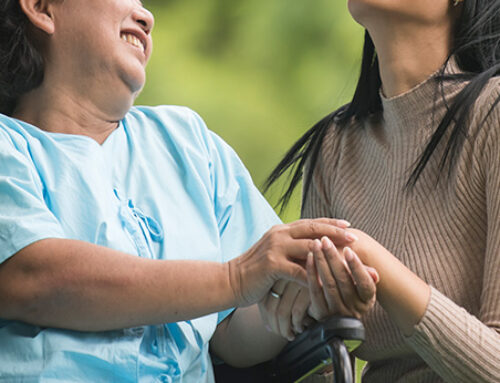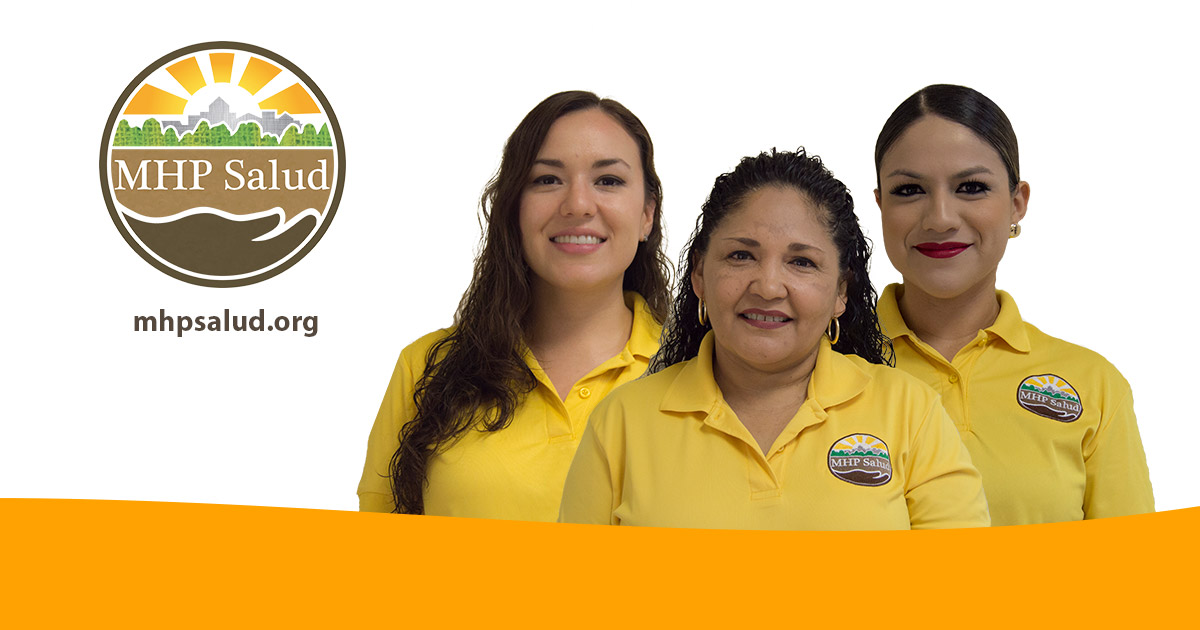
Aging in Place
The proportion of the world’s population over 60 years of age is projected to increase nearly double from 12% to 22% between 2015 and 2050 according to the World Health Organization (WHO). With the dramatic increase of this population, the need for programs and initiatives that address their healthy aging also increases. Ensuring that older adults have access to health care and the ability to “age in place” is a national priority both from a quality of life perspective and a cost savings perspective. Addressing the complex array of issues that arise with aging is a challenge regardless of background or circumstance, but in low-income and underserved communities, the barriers are even greater.
Aging in Place refers to a person making a conscious decision to stay in the inhabitation of their choice for as long as they can with the comforts that are important to them. As people age, these may include adding supplementary services to facilitate their living conditions and maintain their quality of life.
This guide builds upon MHP Salud’s experience implementing the CHW model in aging in place programs and the expertise of the National Center for Equitable Care for Elders. These organizations have coalesced their experience to provide guidance on implementing CHW-led aging in place programs by outlining the recruitment, implementation, and evaluation processes.
Download this free guide provides useful information on health considerations for older adults and resources to address aging in place.
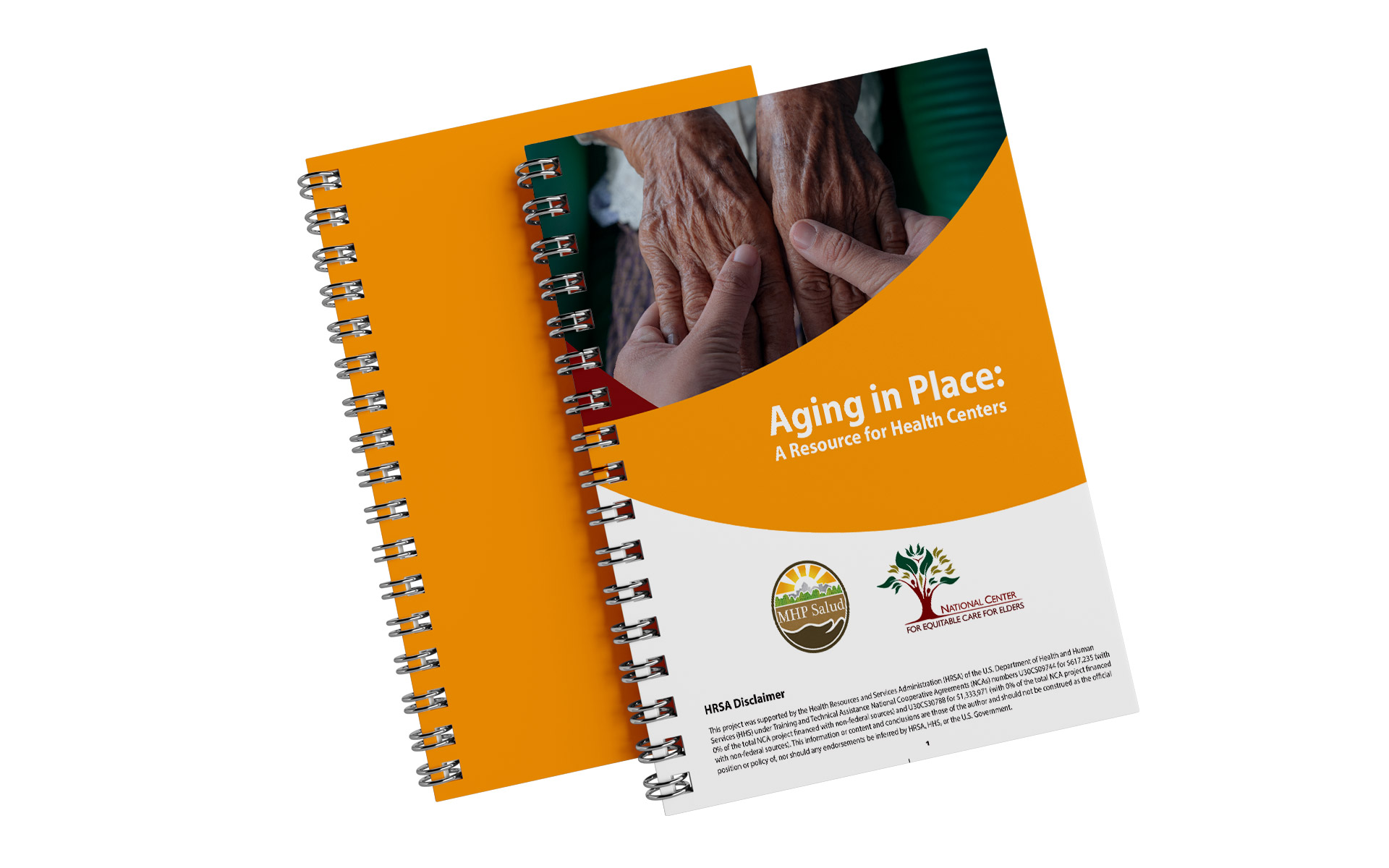
©️ MHP Salud 2020
MHP Salud has over 35 years of experience implementing CHW programs and training organizations looking to start and/or strengthen their own CHW programs. Visit our CHW Training & Consulting Services page to learn more about how we can help.
